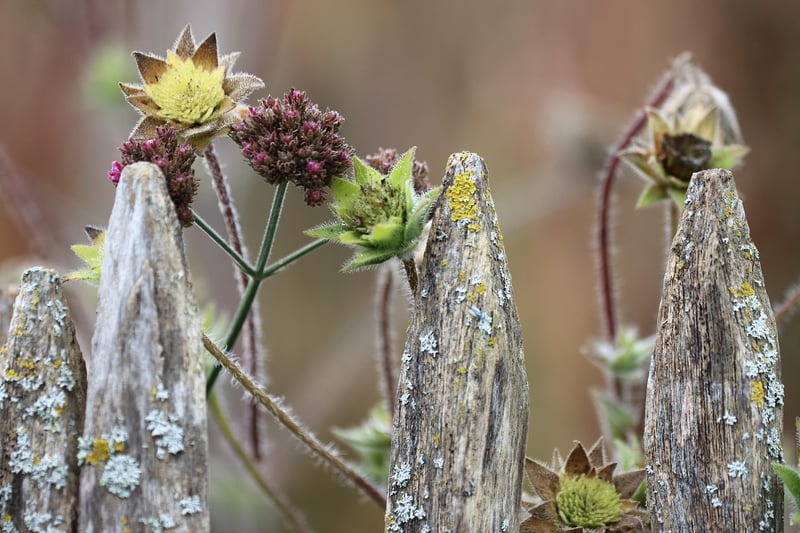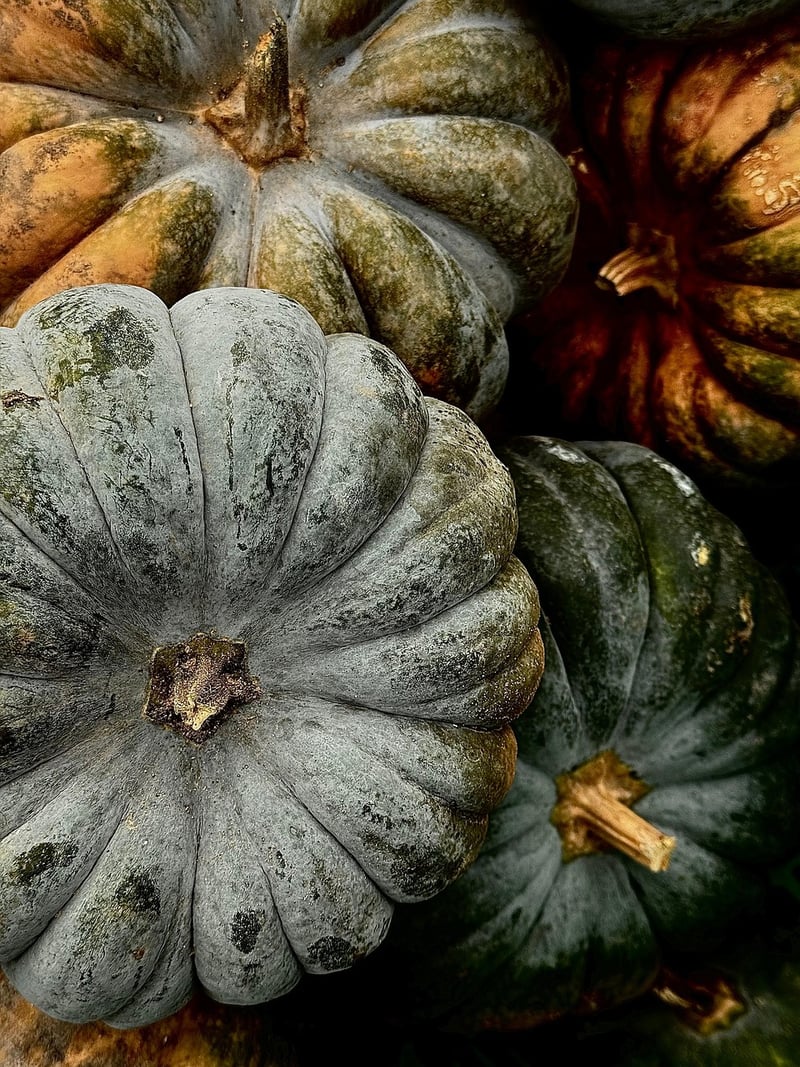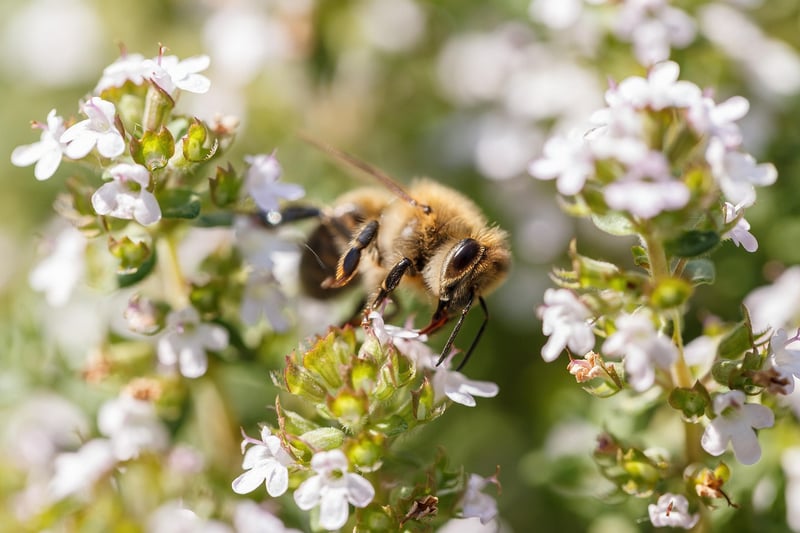Troubleshooting common plant issues
Keep Your Plants Happy and Healthy
Welcome to our guide on plant care! Whether you are a seasoned gardener or just starting out, it's essential to know how to keep your plants thriving. Here are some tips to ensure your plants stay happy and healthy:
1. Light
Most plants require ample sunlight to thrive. Make sure to place your indoor plants near a window where they can receive sufficient light. Different plants have varying light requirements, so it's essential to research each plant's specific needs.
2. Water
Proper watering is crucial for plant health. Overwatering can lead to root rot, while underwatering can cause wilting. Check the soil moisture regularly and water your plants according to their specific requirements. Ensure that your pots have drainage holes to prevent waterlogging.
3. Soil
Good quality soil provides essential nutrients for plants to grow. Use well-draining soil mixes suitable for different types of plants. Consider repotting your plants when they outgrow their current containers.
4. Temperature and Humidity
Plants have varying temperature and humidity preferences. Keep your plants in an environment with stable temperatures and adequate humidity levels. Avoid placing them near drafty windows or heating vents.
5. Fertilization
Plants need nutrients to thrive. Use a balanced fertilizer according to the plant's growth stage and fertilize as recommended. Avoid over-fertilizing, as it can harm your plants.
Troubleshooting Common Plant Issues
Yellowing Leaves
Yellowing leaves can be a sign of overwatering, nutrient deficiencies, or inadequate light. Adjust your watering schedule, check for nutrient deficiencies, and ensure your plant is getting enough sunlight.
Wilting
Wilting can be caused by underwatering, overwatering, or root rot. Check the soil moisture level, adjust your watering routine, and inspect the roots for any signs of rot.
Pests
Common plant pests include aphids, mealybugs, and spider mites. Regularly inspect your plants for any pests, and treat them promptly with insecticidal soap or neem oil.
Yellow Spots on Leaves
Yellow spots on leaves may indicate fungal or bacterial infections. Remove affected leaves, improve air circulation around the plant, and avoid overhead watering to prevent further spread of the disease.
By following these tips and troubleshooting common plant issues, you can ensure that your plants remain healthy and vibrant. Happy gardening!


